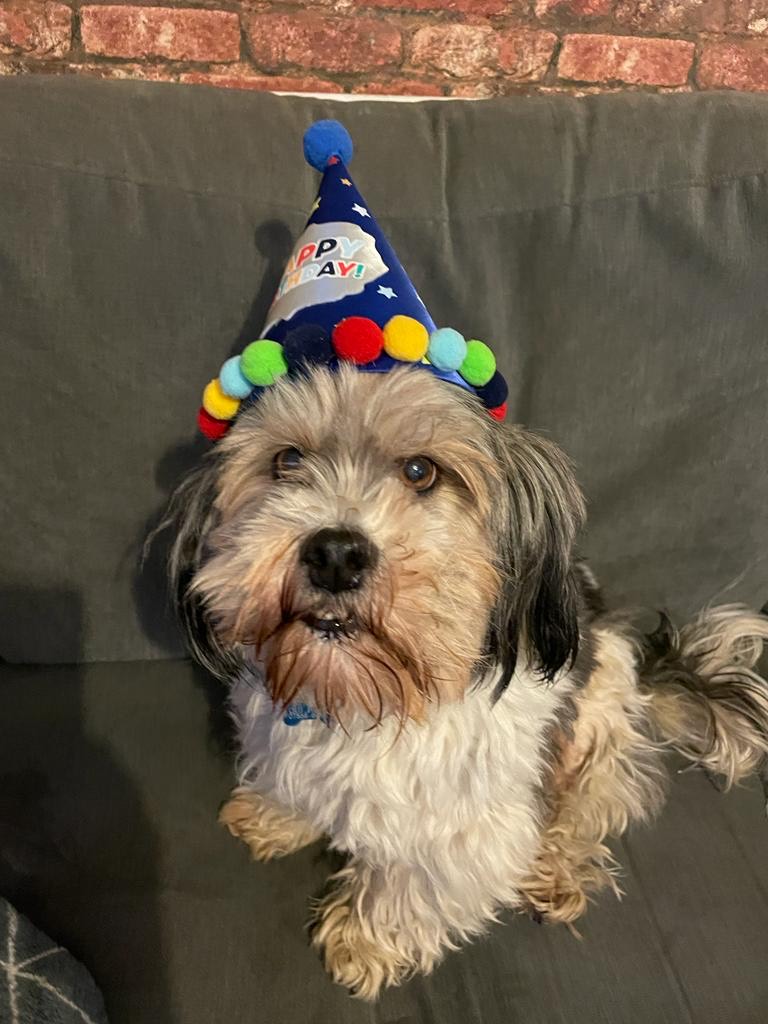Contemporary Study - Steyvers and Hemmer
Cards (5)
- Steyvers and Hemmer AimThe aim of the research was to investigate the interaction between episodic and prior knowledge in naturalistic environments. They wanted to see how prior knowledge (semantic memory) was used to reconstruct memory for photographs of normal every day settings (episodic recall), such as a hotel, kitchen, and office.
- Steyvers and Hemmer Procedure - Prior Testing
- Prior testing: One group of 22 participants were required to list objects that they would expect to find in five naturalistic scenes.
- Baseline measure of semantic knowledge for each scene.
- From this objects were placed into high frequency (most recalled) and low frequency (least recalled).
- Steyvers and Hemmer Procedure - Main Experiment
- Each ppt viewed one set of 5 images
- Participants were shown the five images for either 2 or 10 seconds. There were 4 possible trial time orderings and ppts were randomly allocated
- The trials were randomised and ppts were asked to carry out free recall of objects they remembered from each scene in their own time.
- The effect of prior knowledge (semantic memory) was assessed by comparing the correct number of objects guessed in the expectations test, to those objects actually recalled in the two experimental conditions (2 and 10 seconds).
- Steyvers and Hemmer Findings
- Mean number of objects recalled during free recall
- 2 seconds = 7.75, 10 seconds 10.05
- Analysis of errors- They found that in the experimental condition incorrect recall of highly probable objects was 9% and incorrect recall of low probability objects was 18%
- The cumulative accuracy of object guesses based on the expectation test was over 55% from semantic memory(added prior knowledge). The actual recall in both experimental conditions was much higher, over 80%. This suggests episodic memory (seeing the pictures) played a significant role in recall.
- Steyvers and Hemmer Conclusion
- Prior knowledge drawn from semantic memory can contribute to accurate recall in episodic memory tasks, when such scenes are unmanipulated. We draw on general knowledge as good guesses of what is expected to be seen in such contexts.
- Prior knowledge contributes greatly to recall of naturalistic environments, but this is not at the expense of accuracy; in fact we are more likely to notice novel items more readily than previous research might suggest.
